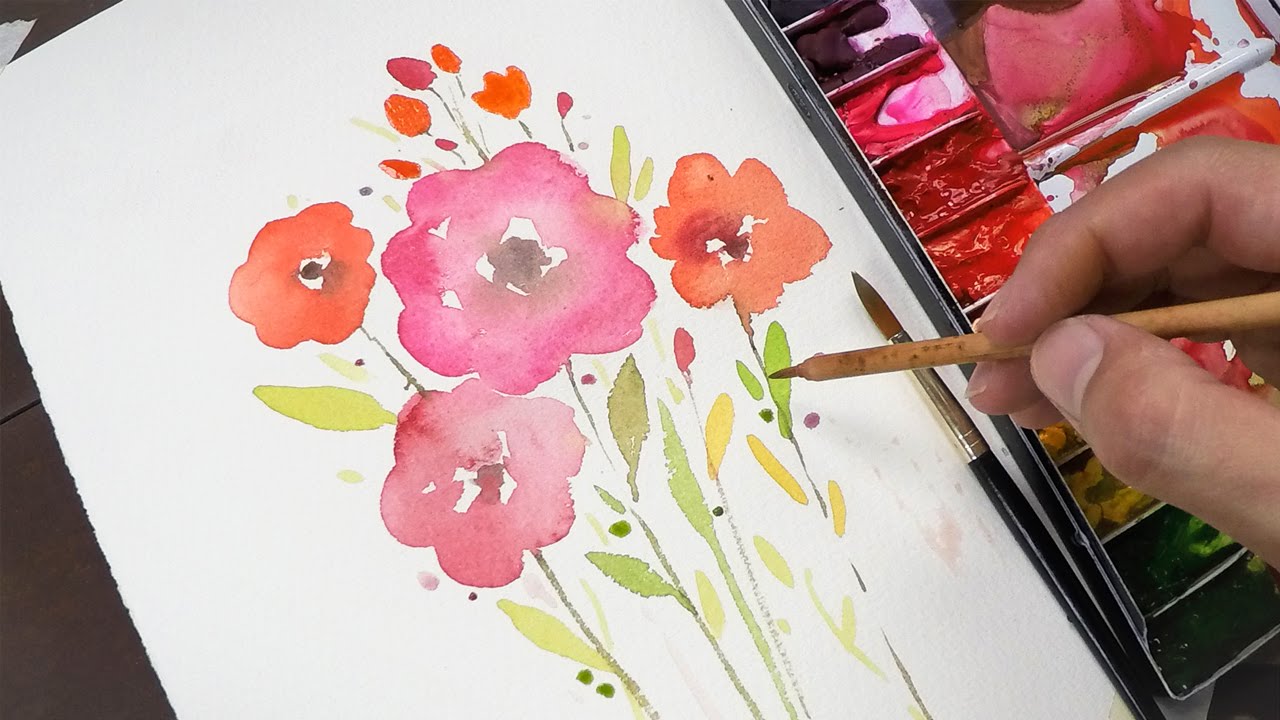Water colour painting is a beautiful and rewarding art form that has captivated artists for centuries. Whether you’re looking to express yourself creatively, relax after a long day, or learn a new skill, water colour painting has plenty to offer. This guide provides the essential steps to starting your water colour journey, from gathering supplies to mastering basic techniques.
Setting up your workspace
Find a comfortable, well-lit area to set up your painting space. Ensure you have a flat surface to work on and easy access to water. Natural light is best for accurately seeing colours, but if that’s impossible, invest in a good desk lamp.
Understanding watercolor paints
Water colour paints come in two primary forms: tubes and pans. Tube paints are more concentrated and better for covering large areas, while pan paints are more convenient for quick sketches and portable setups. As a beginner, you might find pan paints more straightforward to use. Water colours are transparent, meaning the white of the paper shows through the paint. This characteristic allows for beautiful layering and blending effects.
Basic watercolor techniques
- Wet-on-dry – Apply wet paint to dry paper. This technique allows for more control and creates defined shapes and lines.
- Wet-on-wet – Apply wet paint to wet paper. This creates soft, blended effects and is perfect for backgrounds or abstract elements.
- Layering – Build up colours gradually by applying thin layers of paint, allowing each layer to dry before adding the next.
- Lifting – Remove paint from the paper while wet using a clean, damp brush or paper towel.
- Dry brush – Use very little water to create texture and detail.
Starting your first painting
Now that you have your supplies and understand some basic techniques, it’s time to start painting. Here’s a simple exercise to get you started:
- Lightly sketch a simple shape on your water colour paper, such as a flower or a fruit.
- Mix your first colour on your palette, adding enough water to create a light wash.
- apply this wash to your shape using the wet-on-dry technique, leaving some white spaces for highlights.
- While the first layer is still wet, drop in a second colour and allow it to blend naturally.
- Once the painting is dry, add details and darker areas using less water and more pigment.
Remember, water colour painting is all about experimentation and practice.
Tips for improving your water colour skills
- Practice colour mixing – Experiment with different colour combinations to understand their interaction.
- Study light and shadow – Observe how light affects objects in real life and try to recreate these effects in your paintings.
- Keep a sketchbook – Regular sketching will improve your drawing skills and help you plan compositions.
- Embrace happy accidents – Sometimes, unexpected results can lead to beautiful effects in water colour painting.
- Learn from others – Watch tutorials, take classes, or join a local art group to learn new techniques and get inspired.
Online platforms provide aspiring artists with a wealth of tutorials and communities, and local art supply stores often offer workshops. For painters of all levels, websites like newzealandartist.com provide insights into the vibrant art scene. Consistent practice and a willingness to experiment are the keys to improving your water colour skills. So pick up your brush, let your creativity flow, and enjoy the colorful journey ahead!







